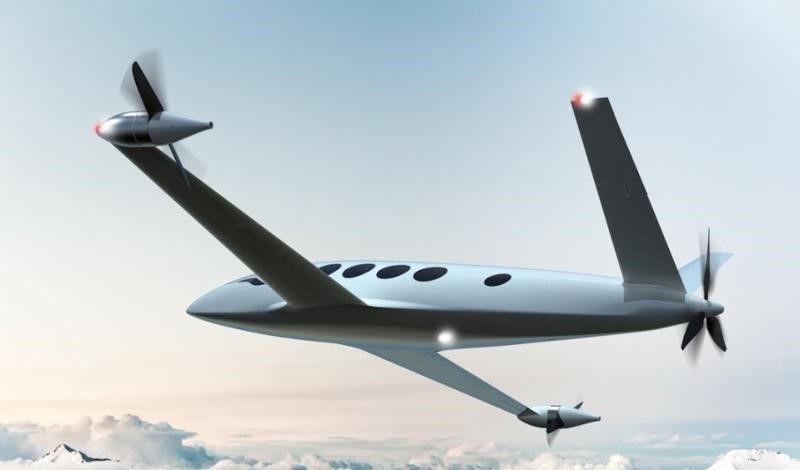
Aviation pioneers have dreamed about the possibility of electric flight for decades. Long before the Wright Brothers, innovators were experimenting with batteries and electric motors to power airships and balloons. In 1883, French military engineers Charles Renard and Arthur Constantin Krebs used batteries and an electric motor to power La France, a steerable, hydrogen-filled dirigible. However, it would be decades before battery technology advanced enough to power full-sized aircraft. When longer-lasting nickel-cadmium (NiCad) batteries were invented in the 1970s, the first manned aircraft with an electric motor took flight—but only for about 10 minutes. By the 1980s, energy-dense lithium-ion batteries were invented, which led to a resurgence in electric aircraft development.
Today, there are over 200 companies around the world investing in startups and projects to develop all types of electric aircraft, from retrofit hybrid-electric general aviation aircraft to long-range, commercial planes, to electric vertical takeoff and landing (eVTOL) urban air taxis.
The electric aviation movement is gaining traction quickly, especially as the industry faces mounting pressure to reduce harmful emissions. But beyond the obvious environmental benefits, there are other compelling advantages to advancing electric aviation. Here are some of the possibilities:
For some aviation companies, the decision to pursue electric propulsion is driven by potential cost-savings, not necessarily environmentalism. Fuel costs are a major variable expense for airlines, and as prices rise, so do the costs of tickets for passengers. For general aviation pilots, high fuel prices can be a significant expense and a barrier to flying more often. The introduction of hybrid or all-electric flight is a step toward making flying more affordable for everyone.
Take, for example, the new “eBeaver,” a DHC-2 de Havilland Beaver seaplane modified to run on magniX’s 750-horsepower electric propulsion system with a four-blade Hartzell composite propeller. The electric drive train costs about $12 per operating hour compared to piston motor drivetrains, which range between $300 to $450 per operating hour. Eviation’s all-electric Alice aircraft is expected to offer operating costs of just $200 per flight hour, about 20 percent of the cost of a similar turboprop.
For decades, the aviation industry has been working to reduce aircraft noise to benefit passengers, airport employees, and those who live around airports. Thanks to noise reduction programs, the number of people exposed to significant aviation noise exposure in the U.S. has declined from roughly 7 million to just over 400,000 today, according to the FAA. Yet noise pollution remains a significant problem. In some cases, concerns over noise have even impacted air traffic growth and the vitality of local airports.
Compared to jets and turboprop aircraft, electric and hybrid airplanes are much quieter, sometimes nearly silent. Electric planes have the potential to operate closer to cities and dwellings at all hours of the day without disturbing communities and wildlife.
Electric motors are much simpler than complex internal combustion engines. They have fewer moving parts, making them less susceptible to wear and more reliable. The hope is that electric aircraft will require less downtime for maintenance, reducing operating costs.
The “electric aviation age” may still be years away, but the stage is set for the future of sustainable, more affordable flight. At Hartzell Propeller, we’ve partnered with several innovative companies to create custom propellers for electric propulsion systems. Read about our work with magniX and Eviation here.